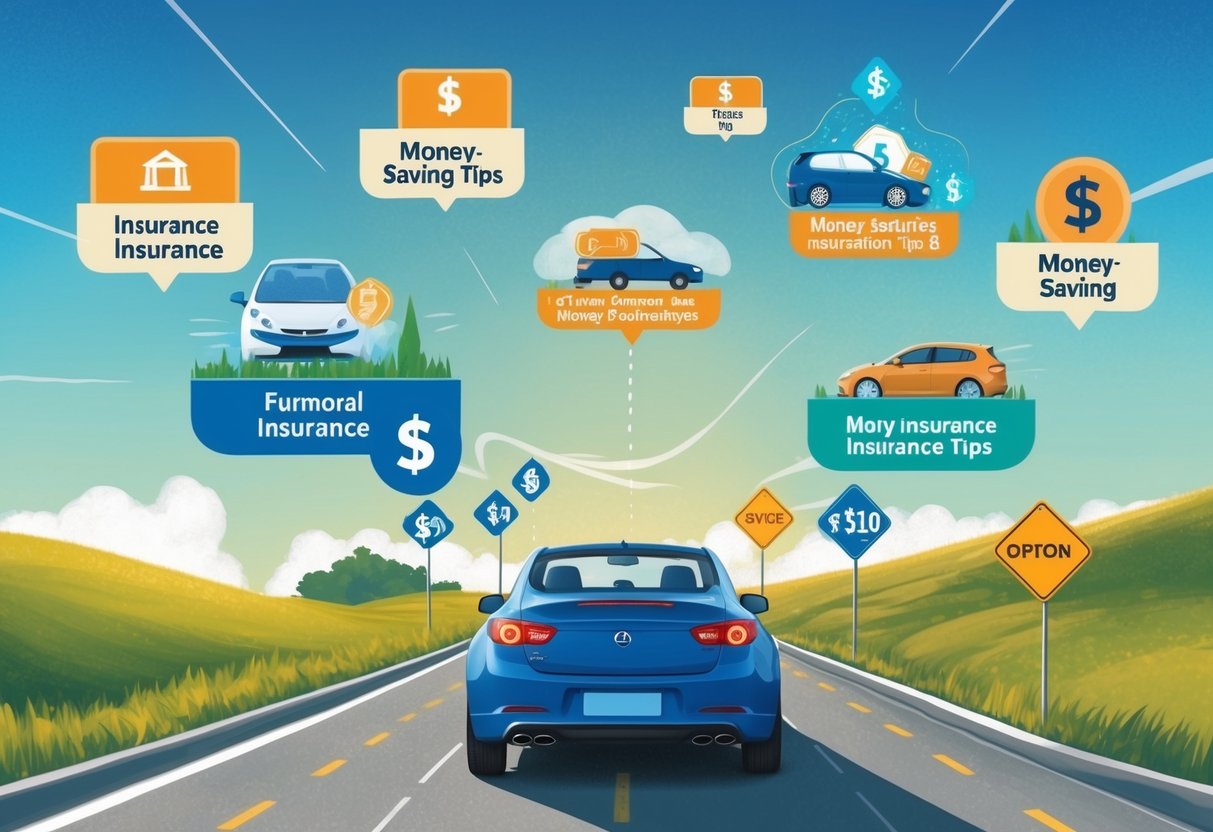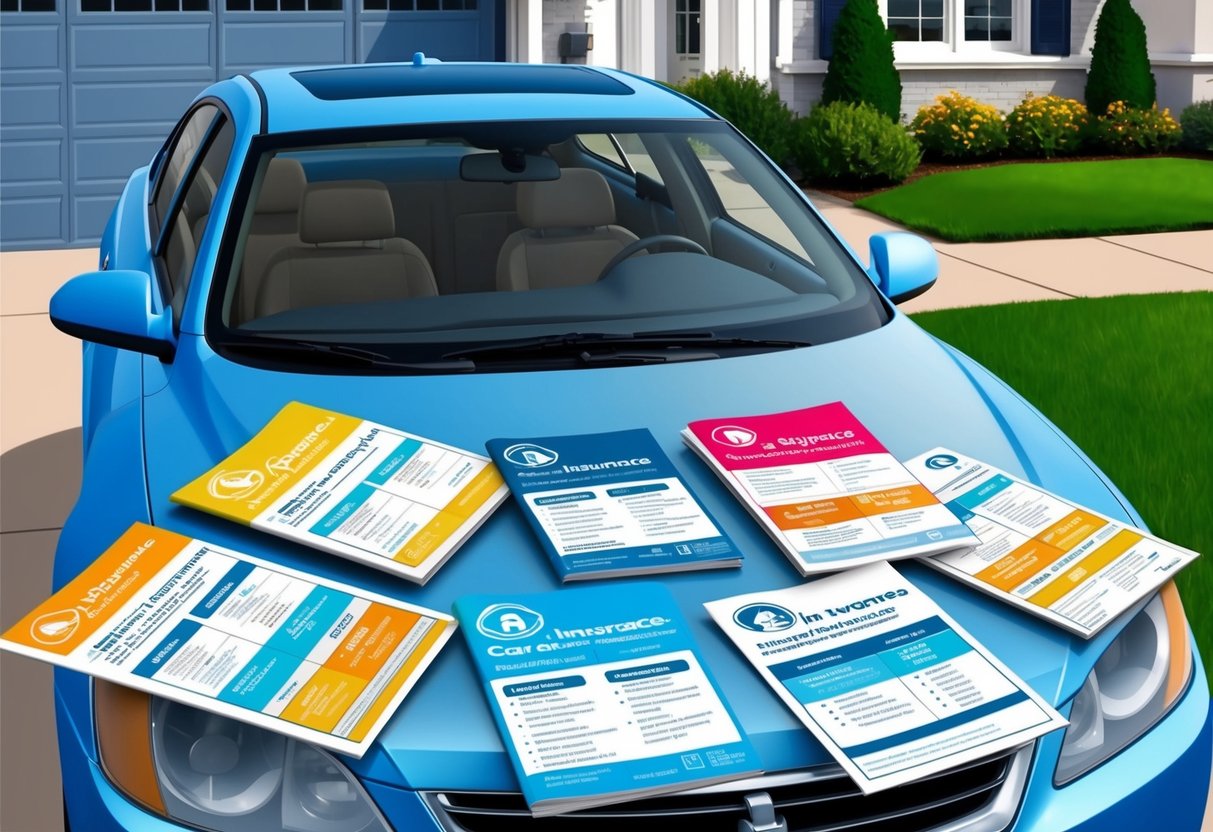
Car Insurance and Your Digital Privacy

Buying car insurance online means interacting with sites and apps that collect personal information and employ cookies to track user behaviors. Consumers should be aware of how their data is used, how to manage consent, and the impact on customized advertising and service personalization.
Website Cookies and Personal Data
Car insurance webbplatser and appar use cookies to authenticate users, remember login details, and enable secure transactions. These cookies also monitor webbläsar- och sökdata, often tracking pages visited and forms completed.
Cookies help prevent skräppost and missbruk by enhancing säkerhetsåtgärder, but they also collect personlig data, which can include personuppgifter entered during a quote or policy purchase. Data from cookies is frequently used for innehållmätning, målgruppsforskning, and personlig annonsering.
This enables insurance companies to show targeted ads and tailor content, sometimes leading to varying offers or premiums based on browsing history or demographic profiles. Understanding these practices helps users better manage integritetsinställningar and control their data sharing preferences.
Consumers may adjust settings to limit how cookies are used, often through browser controls or site-specific options. Reviewing a provider’s cookiepolicy before entering personal data can reveal what information is stored and how it is shared.
Privacy Policies and Consent
Every reputable insurer provides a clear integritetspolicy detailing what personuppgifter they collect and what those details are used for. These policies explain how web browsing, quote applications, and service use generate data that can inform innehåll, annonsering, service development, and even eligibility decisions.
Granting samtycke is essential when sharing data on car insurance platforms. Many sites present consent banners or checkboxes to capture user permission for cookie usage and data tracking.
Users can typically withdraw consent or change integritetsinställningar at any time, impacting the amount and type of data that is collected from them. It’s important to verify what third parties, if any, receive access to personal data.
Often, insurers clarify whether data is used for only service improvement or includes broader purposes such as third-party advertising networks or analytics firms. Reviewing an insurer’s practices before submission of personuppgifter is a crucial step for protecting digital privacy.
Additional Considerations and Related Insurance Products

Saving money on car insurance often involves looking beyond the primary policy and considering other insurance options. Reviewing these related policies can help individuals make informed choices about the right protection levels, available discounts, and long-term costs.
Bundling with Homeowners Insurance
Combining car insurance with homeowners insurance—commonly called bundling—can lead to substantial discounts. Insurers usually offer lower premiums to customers who purchase multiple policies with them, which can result in annual savings of 10% or more.
For those who own a home, bundling may reduce both auto and homeowners insurance costs, streamlining billing and account management. Bundling offers convenience, with one contact point for claims and policy inquiries.
It is critical to review your policy details to ensure the coverage and deductibles meet specific needs, as some bundled policies might be less flexible. Comparing bundled premiums against the cost of separate policies ensures that discount savings are real and not offset by unnecessary or duplicate coverage.
More information on bundling options can be found in this car insurance buying guide.
Other Factors That May Influence Coverage
Different factors can impact the type and cost of car insurance coverage. These include personal driving history, credit score, location, vehicle type, and annual mileage.
States have variable rules regarding required minimum coverage and claim processes, especially in no-fault states, which impacts how much additional protection may be advisable. Policyholders should periodically review their policy, especially after major life changes such as moving, buying a new car, or changes in driving habits.
Adjustments to deductibles and optional coverages like uninsured motorist protection, comprehensive, or collision coverage can affect premium amounts. Shopping around regularly and exploring insurance products tailored to an individual’s situation helps ensure the best rate and appropriate coverage.
For more details about choosing coverage, see best practices for buying auto insurance.
Frequently Asked Questions
Car insurance selection depends on understanding deductibles, coverage limits, and comparing quotes accurately. Paying attention to policy details and exploring discounts are crucial steps for getting the best value on an auto insurance policy.
How can one save money on car insurance without compromising coverage?
Drivers can save by increasing their deductible, maintaining a clean driving record, and taking advantage of discounts for things like bundling home and auto insurance or installing safety features. Comparing quotes from different providers can reveal competitive rates.
It is also helpful to review and adjust coverage annually to avoid paying for unnecessary extras.
What coverage limits are advisable for a comprehensive car insurance policy?
Recommended coverage limits often include higher liability amounts such as $100,000 per person for bodily injury, $300,000 per accident for bodily injury, and $100,000 for property damage. These amounts help ensure financial protection if significant damages or injuries occur.
Comprehensive and collision coverage should be tailored to the value and age of the vehicle for full protection, as explained in resources like Forbes.
Which factors should be considered when selecting the right car insurance policy?
It’s essential to consider the level of coverage required by state law, personal assets that need protection, the age and value of the vehicle, and usage patterns such as commute lengths. Customer service ratings, claims processes, and financial strength of insurance providers also play a role in making the right choice.
Comparing features beyond just price ensures more suitable coverage.
What strategies can be employed to reduce premiums for existing car insurance policies?
To reduce premiums, policyholders can bundle multiple insurance policies with the same insurer, opt for higher deductibles, or qualify for low-mileage discounts. Completing defensive driving courses and maintaining a good credit score can also lead to lower rates.
Regular policy reviews help avoid paying for coverage that no longer fits the insured’s needs, as noted by organizations like NAIC.
How does one accurately compare different car insurance quotes?
Effective comparison involves evaluating similar coverage types, limits, and deductibles across all quotes. It is important to look beyond just premium amounts and assess customer service reviews, claims satisfaction ratings, and included benefits or features.
Reading the fine print helps avoid unexpected exclusions or coverage gaps between policies, as elaborated in guidance from Investopedia.
What do insurance coverage figures like $100k/$300k/$100k actually signify?
These numbers indicate specific liability coverage limits within an auto insurance policy.
The first figure is the maximum coverage per person injured in an accident.
The second is the maximum for all injuries per accident.
The third is the maximum property damage per accident.